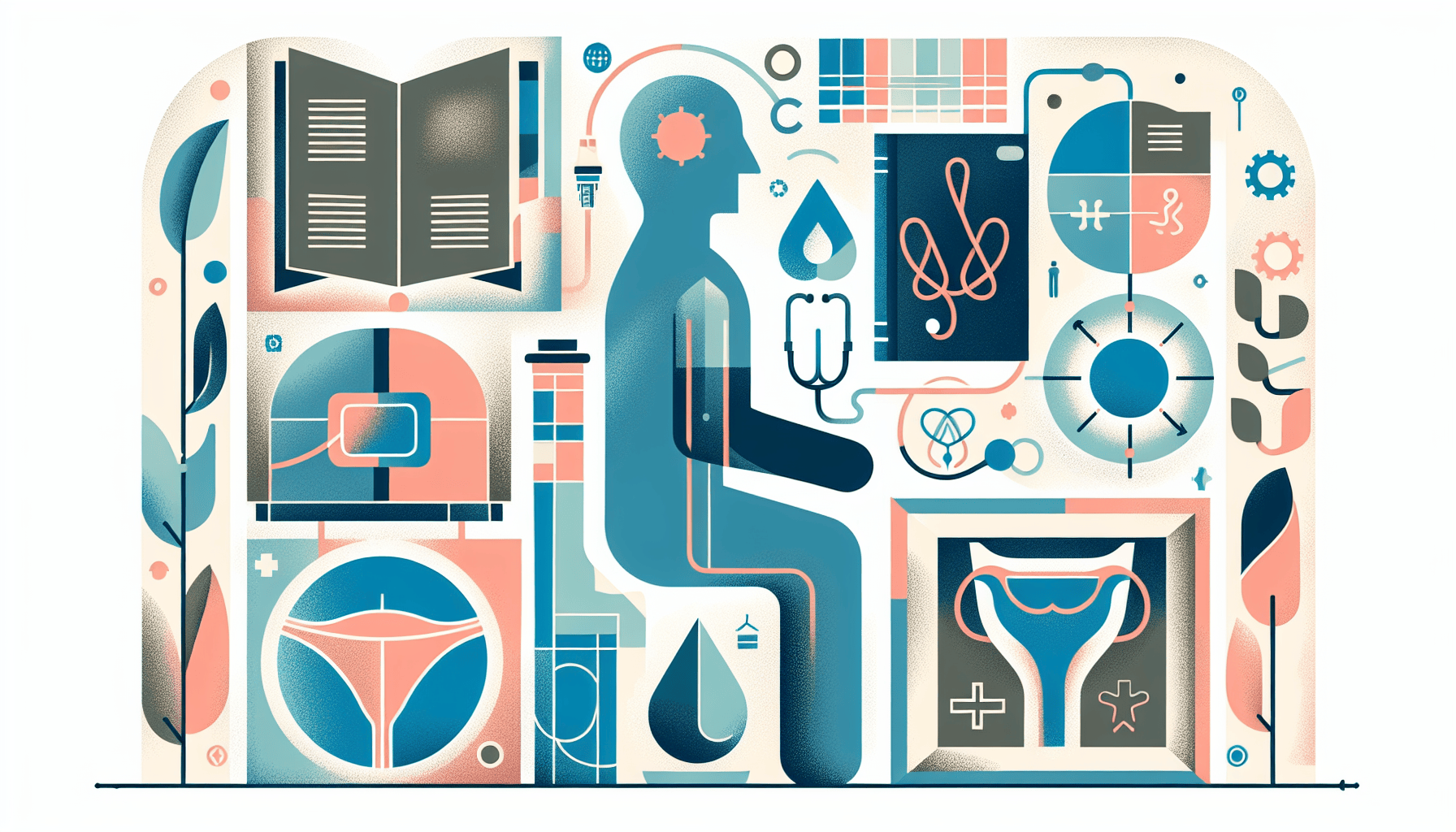Tirzepatide for Sleep Apnea - Can It Help?
Understanding Sleep Apnea and Its ChallengesSleep apnea is a common yet serious sleep disorder characterized by repeated interruptions in breathing during sleep. These pauses [...]
Read MoreUrinary incontinence is a common problem that affects millions of Americans, particularly women. If you accidentally leak urine, you're not alone. In this article, we'll explore the different types of urinary incontinence, their causes, and the various treatment options available to help you manage and overcome this condition.
There are several types of urinary incontinence, each with its own characteristics and causes:
Stress Incontinence: Urine leaks due to weakened pelvic floor muscles and tissues, often triggered by pressure on the bladder from activities like exercise, laughing, sneezing, or coughing.
Urge Incontinence (Overactive Bladder): You have a sudden, intense urge to urinate and may not reach the bathroom in time.
Overflow Incontinence: If you can't empty your bladder completely, you may experience dribbling of urine.
Functional Incontinence: Mental or physical problems, such as dementia or arthritis, prevent you from reaching the bathroom in time.
Mixed Urinary Incontinence: This is a combination of two or more types of incontinence, often stress and urge incontinence.
Various factors can contribute to the development of urinary incontinence, including:
Pregnancy and childbirth
Being overweight or obese
Neurological conditions (e.g., multiple sclerosis, Parkinson's disease, stroke)
Bladder problems (e.g., infections, stones)
Certain medications
Prostate surgery (in men)
Aging

The good news is that there are several treatment options available to help manage and improve symptoms of urinary incontinence. Your doctor can help you develop a personalized plan based on your specific type of incontinence and its severity.
Pelvic Floor Exercises (Kegels): Strengthen the muscles that support the bladder and urethra by regularly performing Kegel exercises. Learn how to do them correctly by stopping your urine flow midstream, then practice contracting these muscles for 10 seconds at a time, followed by 10 seconds of rest. Aim for 3-4 sets daily.
Biofeedback: A probe is inserted to monitor when your bladder muscles squeeze, helping you recognize and gain control over these contractions.
Electrical Stimulation: Low-grade electrical current is used to stimulate weak or inactive pelvic muscles to contract, supplementing your pelvic muscle exercise routine. Home units are available and may be covered by insurance.
Pessary: For women, a device called a pessary can be inserted into the vagina to reposition the urethra and reduce leakage.
Injections and Surgery: In more severe cases, shots to bulk up the urethral area or surgical procedures to reposition the urethra or secure it with a "sling" may be recommended.
Timed Voiding and Bladder Training: Keep a chart of your urination and leakage patterns, then plan to empty your bladder before accidents would typically occur. Gradually increase the time between bathroom visits to "retrain" your bladder.
Medications: Doctors may prescribe medicines or inject Botox into the bladder to block the contractions of an overactive bladder.
Electrical Stimulation or Surgery: In some cases, electrical stimulation of the bladder nerves or surgery to increase bladder storage capacity may be necessary.
Medications or Surgery: Alpha-blockers can often help if an enlarged prostate is causing the problem. Surgery may be required if there is a blockage.
Catheter: Some people use a thin plastic tube (catheter) inserted into the urethra to ensure complete bladder emptying. A healthcare professional can teach you how to self-catheterize.
Remember, it's crucial to identify and treat any underlying disease or blockage causing overflow incontinence.
If you're experiencing urinary incontinence, don't be embarrassed to talk to your doctor. They can help you determine the cause of your problem and develop an effective treatment plan. Be straightforward and simply state that you're having bladder problems. Your doctor will ask questions about the duration, severity, and impact of your leakage on your daily life. They may recommend tests or refer you to a specialist in this area.
With the right combination of lifestyle changes, exercises, and medical interventions, you can successfully manage and overcome urinary incontinence. Take the first step towards regaining control and improving your quality of life by speaking with your healthcare provider today.
For more information on urinary incontinence, visit:
Understanding Sleep Apnea and Its ChallengesSleep apnea is a common yet serious sleep disorder characterized by repeated interruptions in breathing during sleep. These pauses [...]
Read MoreHeart attacks are often perceived as a predominantly male health issue, but the reality is that heart disease is the leading cause of death for women worldwide. Recognizing [...]
Read MoreTelehealth has transformed the way patients access healthcare, offering convenience, speed, and accessibility that traditional in-person visits often cannot match. With the [...]
Read More